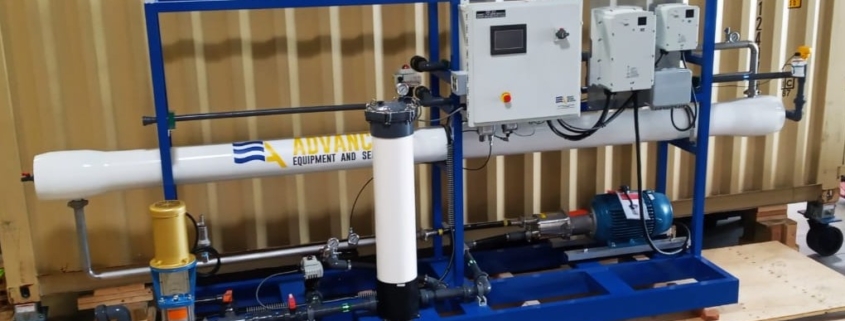The Best Reverse Osmosis Small System
Reverse osmosis (RO) systems have become a dependable method of water purification at a time when concerns about water quality are on the rise. A growing number of them are small reverse osmosis systems because of their portability, effectiveness, and simplicity of installation. These systems are ideal for small businesses, offices, and residences that need high-quality water without taking up a lot of room. We will go into great length about small RO systems in this tutorial, including their features, advantages, installation procedure, and upkeep.
Benefits of Small Reverse Osmosis Systems
One of the key advantages of small RO systems is their compactness. Because these systems are designed to fit into small places, they are ideal for offices, tiny homes, and apartments. Despite their small size, they feature powerful water purification capabilities, ensuring that you always have access to clean and safe drinking water.
Modern filtering technology installed in small RO systems guarantees high-quality water. They give you pure, safe drinking water by efficiently eliminating impurities like fluoride, lead, arsenic, chlorine, nitrates, and germs. Up to 99% of pollutants are removed during the filtering process, guaranteeing that the water you drink is safe to drink.
Purchasing a modest RO system is an affordable way to guarantee a steady supply of clean water. You may save money and cut down on plastic waste by doing away with the need to purchase bottled water. These systems are also inexpensive to maintain, which makes them a wise investment over time.
Key Components of Compact RO Systems
It is imperative to become acquainted with the primary components and functions of tiny RO systems to comprehend their operation:
In a RO system, pre-filters are the first filtering stage. They clear the water of big sediments and particles including rust, grime, and sand. The RO membrane is shielded and given more time to survive by this first filtration stage. The central part of the system is the RO membrane. To rid the water of dissolved particles, heavy metals, and other impurities, it employs a semi-permeable membrane. By ensuring that only pure water molecules flow through, this procedure produces highly purified water.
Water travels through post-filters, which are usually constructed of activated carbon after it has passed through the RO membrane. By eliminating any leftover contaminants and chlorine, these filters improve the water’s flavor and aroma.
The treated water is kept in the storage tank until needed. To provide a consistent supply of clean water, small RO systems are equipped with tanks that are made to optimize storage capacity while minimizing space utilization.
Your sink has a special faucet fitted to make it simple to access clean water. These faucets guarantee a steady stream of clean water and are made to fit in perfectly with the aesthetics of your kitchen.
Pre- and post-filter replacement should occur every six to twelve months, based on water quality and usage. This keeps the filtration system efficient and avoids clogging. To stop bacterial growth, sanitize the entire system at least once a year. Adhere to the manufacturer’s recommended sanitizing solution and meticulously follow the cleaning guidelines.
Check for leaks regularly in all connections and components. To prevent water damage and guarantee smooth performance, tighten any loose fittings and replace any broken parts.
Check the flavor, odor, and purity of the purified water regularly for any changes. It might be time to replace the RO membrane or other parts if you see any problems.
Rebuilding the RO membrane usually takes two to three years, depending on consumption and water quality. The system’s efficacy is ensured by timely replacement and routine examination.
Conclusion
Small reverse osmosis systems offer a reliable and efficient solution for obtaining pure, safe drinking water in a compact and space-efficient manner. Their advanced filtration technology, cost-effectiveness, and ease of installation make them a preferred choice for many households and businesses. By understanding their components, installation process, and maintenance requirements, you can make an informed decision and enjoy the benefits of clean water every day.

 ADVANCEES
ADVANCEES  ADVANCEES
ADVANCEES 